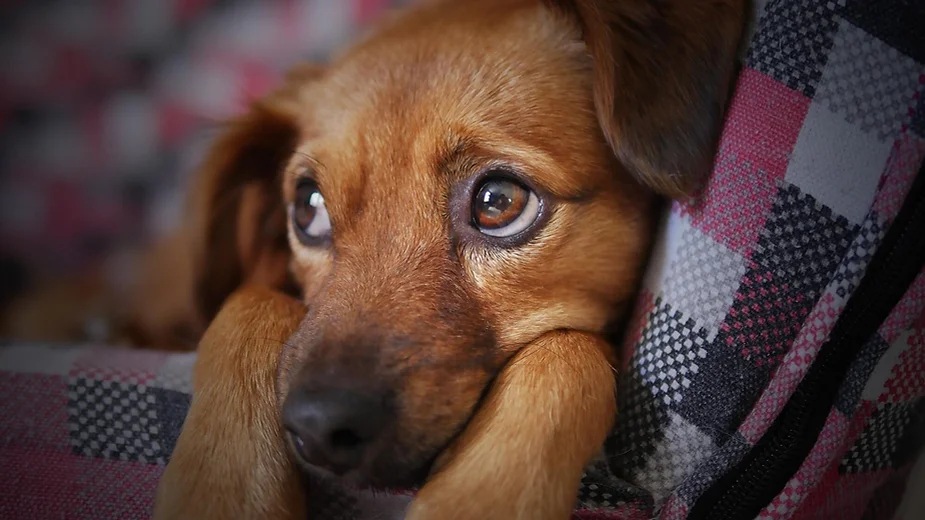Has your typically laidback pup been acting a little different lately? If you’ve noticed a more high-strung temperament, he might be feeling anxious!
Just like humans, dogs can experience anxiety for many different reasons. When this happens, you’ll notice changes in their mood as well as their physical actions.
The good news? There are things that you can do to calm your four-legged pal down and help him relax. Today, we’re sharing how to help a dog with anxiety so you can both feel better!
Why Do Dogs Get Anxious?
If you have an anxious dog, there are a few issues that might be concerning him. By far, the most common trigger is a fear of abandonment. Most dogs, especially social breeds like corgis and pugs, want to be with you as much as possible, and they develop separation anxiety if they can’t find comfort when left alone.
Other reasons your dog might be anxious include:
-
Loud noises or startling stimuli (e.g. thunder, fireworks)
-
Strange or new people, animals, surfaces, or environments
-
Certain situations (e.g. a trip to the vet or groomer)
-
Confusion and disorientation related to old age
Signs Your Dog Is Anxious
Is your dog anxious or is there another health issue going on? Knowing the signs to look for can help you spot the difference. Here are a few telltale symptoms to look for:
-
Pacing repeatedly in the same spot
-
Panting or drooling
-
Withdrawing or hiding
-
Urinating or defecating in the house
-
Growling or barking
-
Bodily changes (low/tucked tail, ears pulled back)
On their own, these signs don’t always point to anxiety. However, if you notice one or more issues and you know your pup has experienced an anxiety-inducing situation, you can ask your vet for confirmation.
How to Help a Dog With Anxiety
As a responsible dog owner, you want to help your loving dog feel good when he’s in the grip of anxiety. Here are a few ways to ease his mind and relax his senses:
-
Take him for a long walk or engage in bonding playtime (especially if you have to leave soon)
-
Giving him lots of cuddles and physical touch
-
Playing relaxing classical music (both when you’re at home and away)
-
Giving him a gentle massage or belly rub
-
Creating a quiet resting spot (complete with low lighting, soft pillows, and quiet music)
-
Trying specially designed compression clothes for pets
Try a few of these techniques and see which one your pup prefers! They’re all great ways to redirect his focus and soothe his racing mind.
A calm and content pet is a happy one! If you’ve been wondering how to help a dog with anxiety, these suggestions are a great place to start. The key is to think about what might be bugging your furry friend, and then look for ways to ease that discomfort.
If you’ve recently moved, brought home a new baby, or started leaving more frequently, it’s natural for your pup to feel nervous about the adjustment. The same is true if he’s been exposed to startling stimuli, such as a loud storm.
At Glenridge Animal Hospital, we’re here to help your pets feel their best. To learn more about our services or book an appointment with our veterinarians, contact us today!



